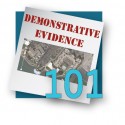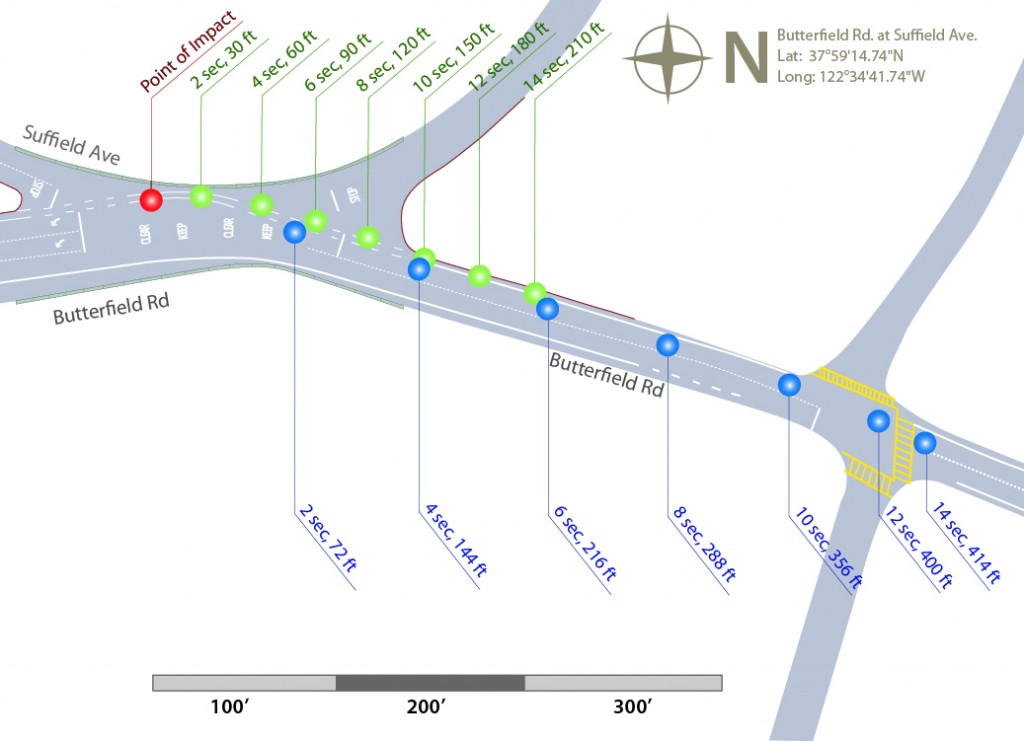 Generally speaking, there are two ways to prevail at trial: (1) have better evidence and demonstratives than your opponent, and (2) keep your opponent’s evidence out.
Generally speaking, there are two ways to prevail at trial: (1) have better evidence and demonstratives than your opponent, and (2) keep your opponent’s evidence out.
Cogent Legal worked on a couple of cases recently that demonstrated the power of superior demonstratives and excluding evidence.
In one case involving a motor vehicle and a bike, our firm created a detailed to-scale diagram that laid out all of the relevant points in the roadway for the accident reconstruction expert to use as the basis of his in-court testimony. A professionally designed diagram is much cleaner and easier to understand than a simple Google Earth photograph of the roadway, which is fairly low resolution and shows too much extraneous detail. This exhibit helped the expert explain his opinions on the incident and gave the plaintiff a strong exhibit for their case.

In another case, our firm was hired to review the animations created by the defense in a case involving a highway vehicle accident. The expert for the defense testified that the sightlines for a driver wanting to turn left on a highway intersection were adequate. The plaintiff argued the roadway’s sightlines were inadequate and dangerous.
The expert had completed a detailed survey of the road and placed all the information into a computer program that calculated the speed, motion and resting positions of the vehicles. The computer used this information to create an animation of the accident reconstruction.
As my prior blog post Why Trial Attorneys Need to Know Computer “Animations” vs. “Simulations” for Evidence pointed out, the expert’s reliance on the computer program raises admissibility issues. The moment an expert relies upon a computer program to “tell” him or her how something occurred, then that is when the computer program becomes a “witness,” which requires a full foundation for accuracy. This is significantly different from using an animated re-creation to demonstrate the expert’s opinions, which requires no independent foundation for the animation. People v. Hood (1997) 53 Cal.App.4th 965.
I recommended that the counsel for the plaintiff bring a motion to exclude the defense animation based on the authority above. On the day of the testimony of the defense expert, the court ruled that such expert did not have a proper foundation for the animation, so the jury was not allowed to see it.
So what’s the point of all this? Always keep in mind both tactics while preparing your case: (1) create compelling, accurate demonstratives to help make your case, and (2) seek to keep out your opponent’s evidence where appropriate. Depending on the case, either method might prove decisive, but combining the two together really gives you the best, most formidable strategy in litigation.

